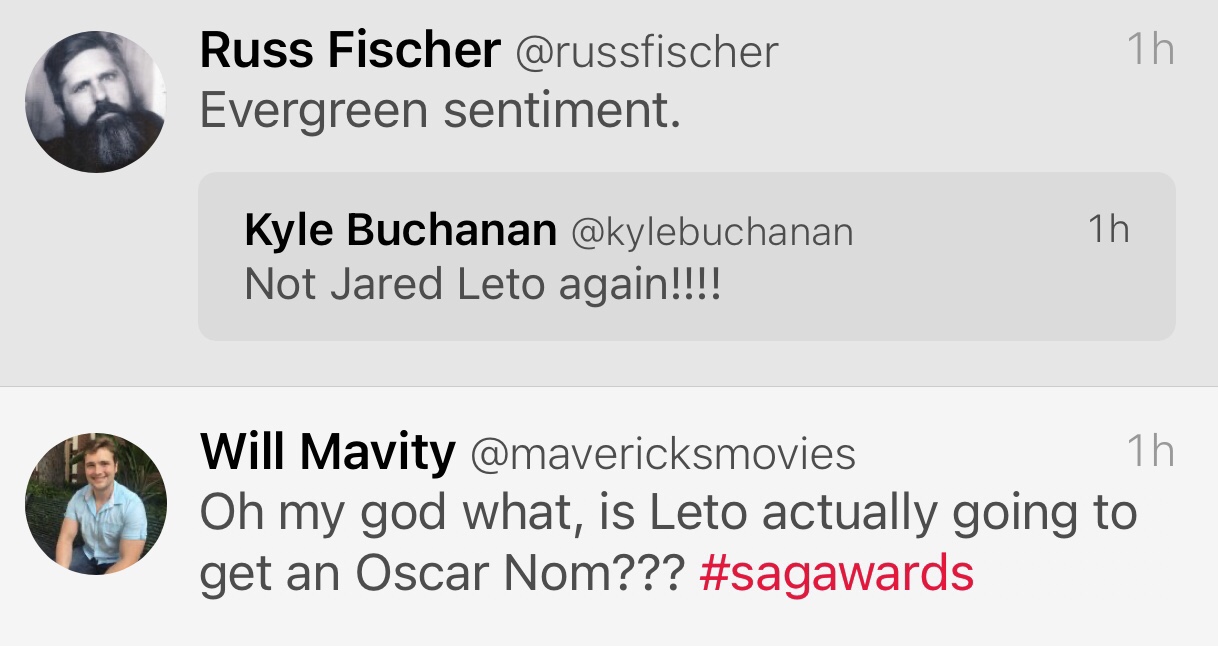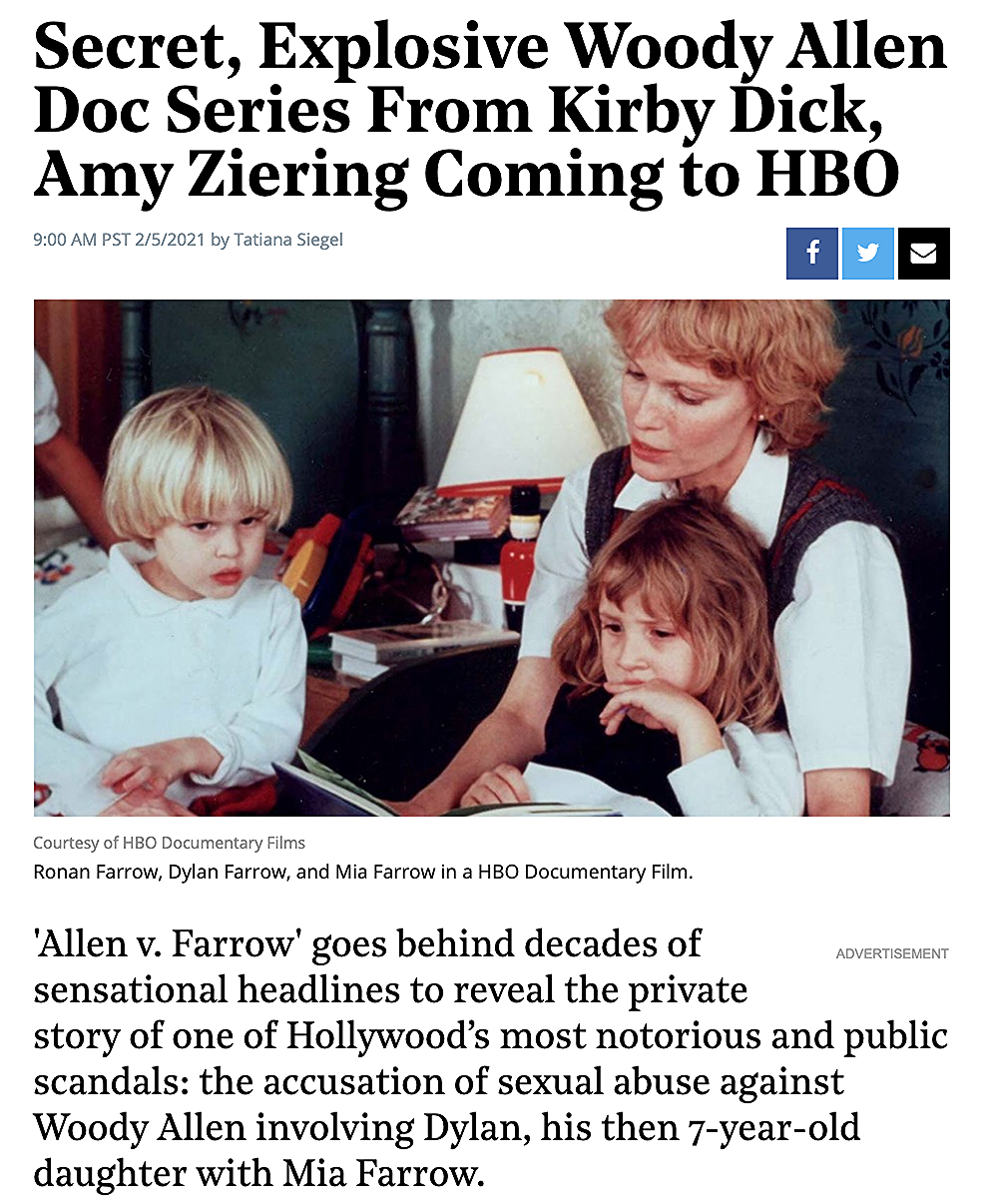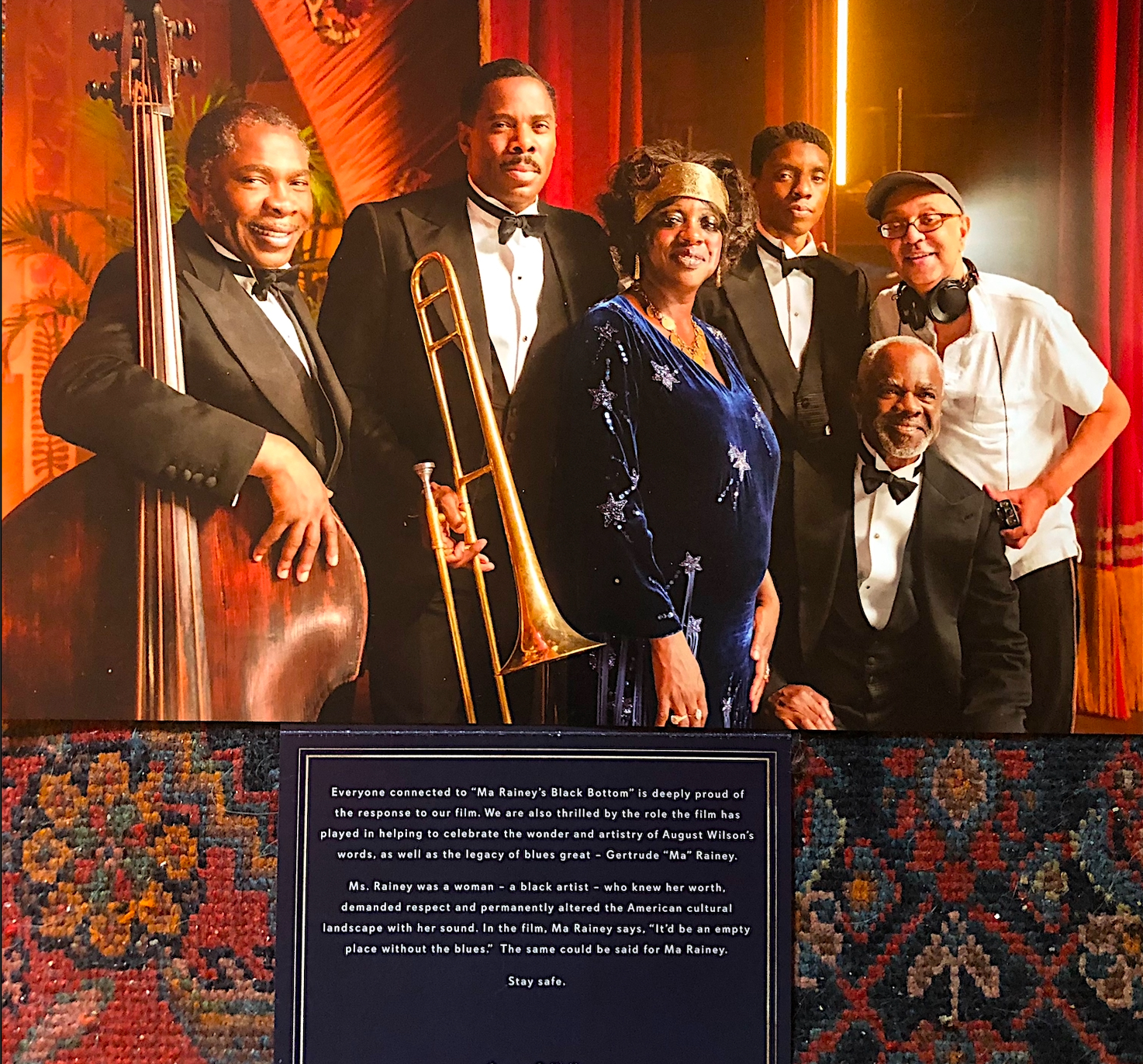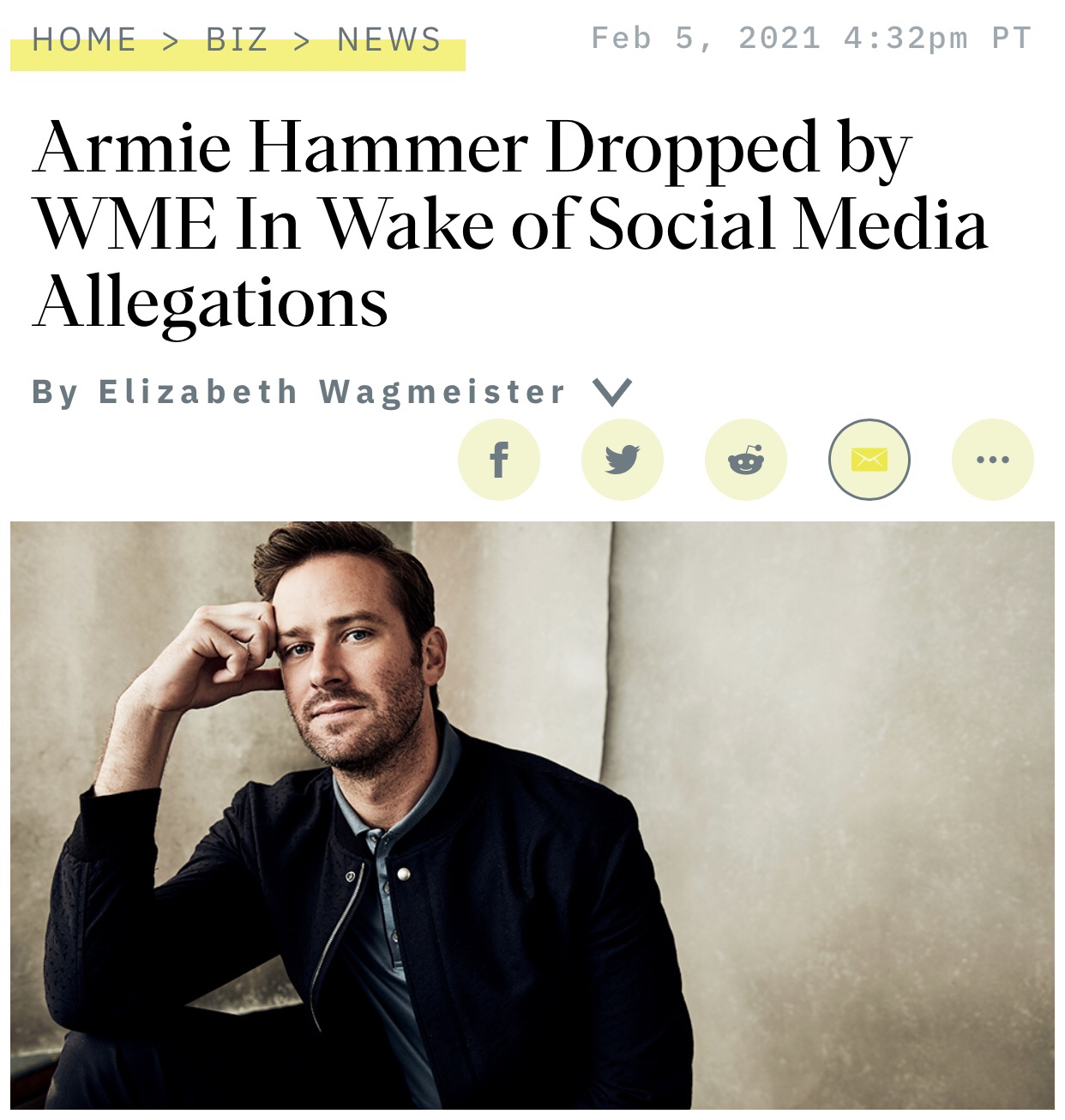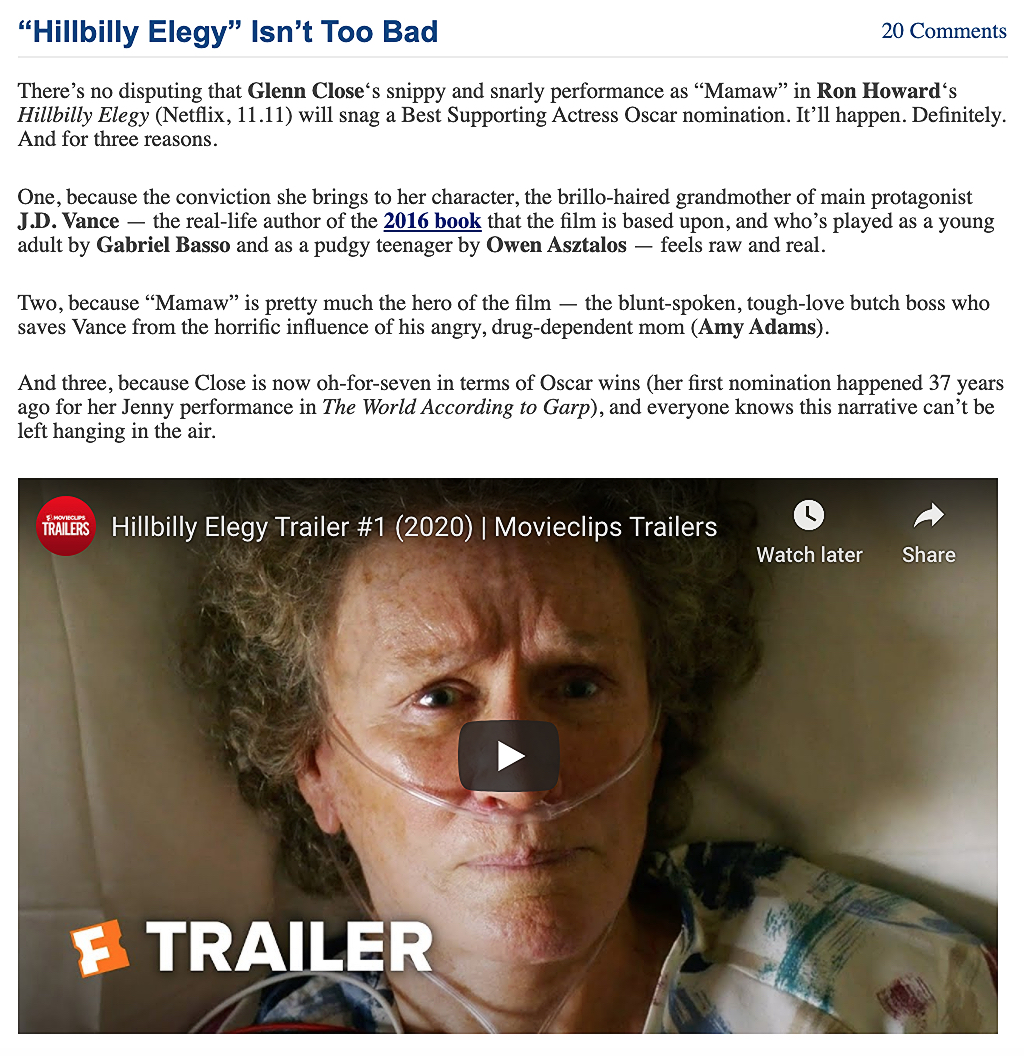The SAG Ensemble Award (Outstanding Performance by a Cast in a Motion Picture) is somewhat akin to a Best Picture Oscar nomination, at least as far as SAG/AFTRA membership is concerned. So congrats to Spike Lee‘s Da 5 Bloods, Regina King‘s One Night in Miami and George C. King‘s Ma Rainey’s Black Bottom — a trio of historical films about the black experience — for snagging SAG Best Ensemble noms. And congrats to Netflix for producing all three.
Another attaboy back-pat for Lee Isaac Chung‘s Minari, a 1980s drama about a South Karean family attempting to settle in Arkansas. Hearty congrats are also offered to Aaron Sorkin‘s The Trial of the Chicago 7, which is set a half-century ago in Chicago and which principally deals with a ragtag group of fair-skinned ’60s radicals and their attorneys.
So the five best films of the year, in the view of SAG/AFTRA, are all history flicks — one set in the late 1920s, one in the mid ’60s, two in the late ’60s and one in the mid ’80s. On top of which Steve McQueen‘s Mangrove, HE’s choice for the best feature film of the year, is also set in the late ’60s — a trifecta.
It would have been interesting if at least one nominated film had some connection with the 21st Century, but that wasn’t on the table this year. A chief priority was the politics of representation, and I think it’s fair to say that this concern has been well represented today.
The most disturbing SAG/AFTRA announcement, IMHO, was the failure of members to nominate Sound of Metal‘s Paul Raci in the Best Supporting Actor category, and at the same time giving a nomination to Jared Leto for his psycho-hippie weirdo performance in The Little Things.
The second most unsettling thing was Mank‘s Amanda Seyfried, whose performance as Marion Davies was praised by everyone, being blown off while Mank topliner Gary Oldman was nominated for Best Actor, which in itself is fine.
In addition to handing Da 5 Bloods a Best Ensemble nom, the SAGsters also handed a Best Supporting Actor nom to the late Chadwick Boseman as well as a Best Stunt Ensemble nom to Lee’s film. Bloods costar Delroy Lindo, who was stiffed yesterday by the HFPA, was blown off again today.
The SAG awards will air on the evening of Sunday, April 4, at 6 pm Pacific (TNT/TBS).
Here’s a partial SAG rundown; HE picks are in boldface:
Outstanding Performance by a Cast in a Motion Picture / “Da 5 Bloods” (Netflix); “Ma Rainey’s Black Bottom” (Netflix); “Minari” (A24); “One Night in Miami” (Amazon Studios); “The Trial of the Chicago 7” (Netflix)
Outstanding Performance by a Female Actor in a Leading Role / Amy Adams (“Hillbilly Elegy”); Viola Davis (“Ma Rainey’s Black Bottom”); Vanessa Kirby (“Pieces of a Woman”);Frances McDormand (“Nomadland”) / Carey Mulligan (“Promising Young Woman”).
Outstanding Performance by a Male Actor in a Leading Role / Riz Ahmed (“Sound of Metal”); Chadwick Boseman (“Ma Rainey’s Black Bottom”); Anthony Hopkins (“The Father”); Gary Oldman (“Mank”); Steven Yeun (“Minari”)
Outstanding Performance by a Female Actor in a Supporting Role / Maria Bakalova (“Borat Subsequent Moviefilm”); Glenn Close (“Hillbilly Elegy”); Olivia Colman (“The Father”); Youn Yuh-Jung (“Minari”); Helena Zengel (“News of the World”).
Outstanding Performance by a Male Actor in a Supporting Role / Chadwick Boseman (“Da 5 Bloods”); Sacha Baron Cohen (“The Trial of the Chicago 7”); Daniel Kaluuya (“Judas and the Black Messiah”); Jared Leto (“The Little Things”); Leslie Odom, Jr. (“One Night in Miami”)
Scott Feinberg thought: “For performers overlooked by both groups — folks like Sophia Loren, Zendaya, The Way Back‘s Ben Affleck, News of the World‘s Tom Hanks, Malcolm & Marie‘s John David Washington, Ammonite‘s Kate Winslet” — yes! — “and Saoirse Ronan, Never Rarely Sometimes Always‘ Sidney Flanigan and Talia Ryder, Sound of Metal‘s Paul Raci and Olivia Cooke, Nomadland‘s David Strathairn and Meryl Streep of both Let Them All Talk and The Prom — is it time to pack it in, or to double-down?”
HE to Feinberg: Raci should push on by all means — ignoring him is a grievous oversight by the HFPA and SAG/AFTRA….what’s wrong with you guys?
Friendo: “They’re going to blame all the Lindo snubs on racism .”
